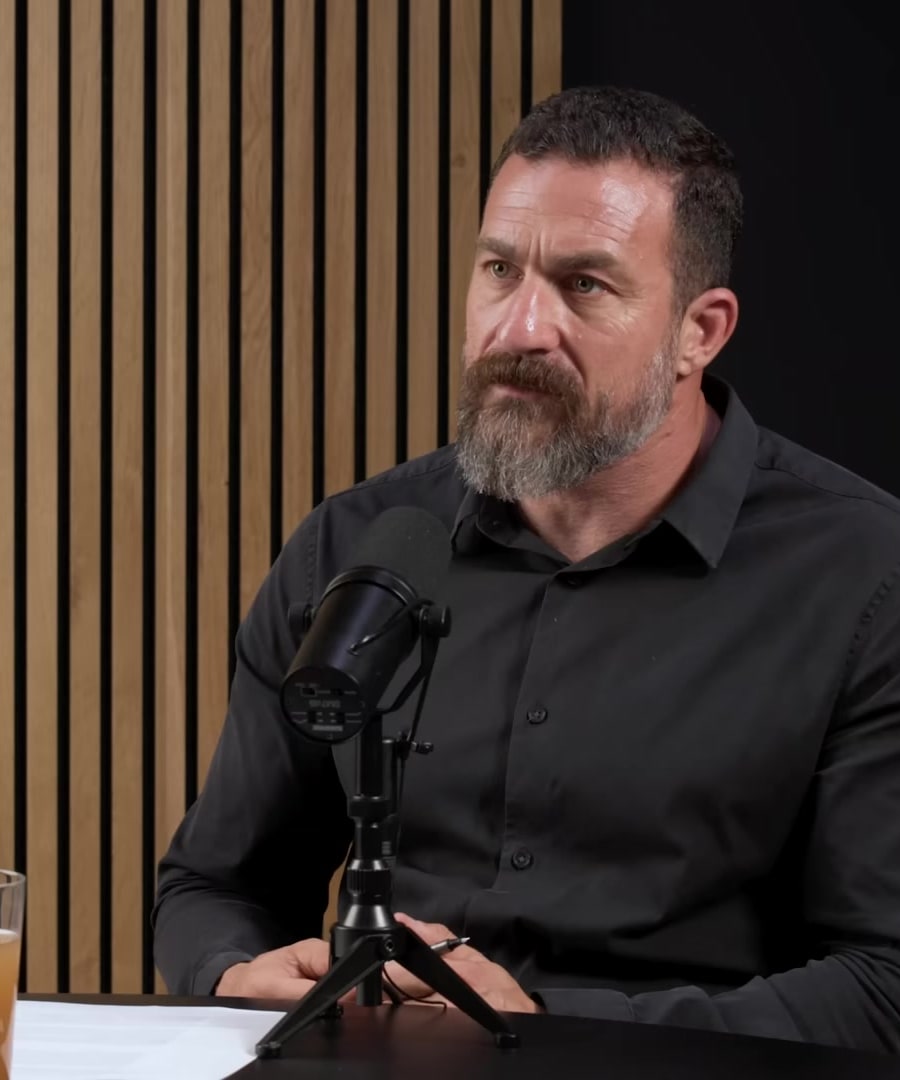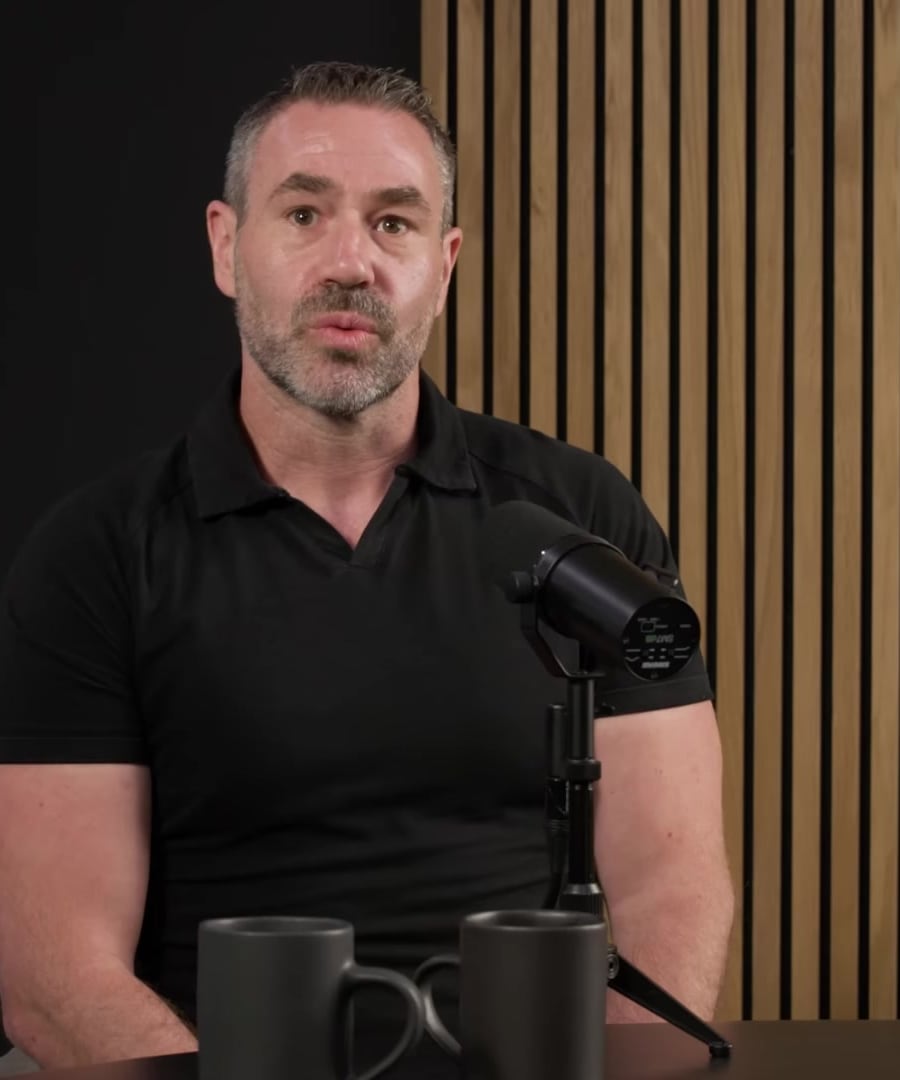Marijuana
Sources:
Cannabis, also known as marijuana, interacts with the brain’s cannabinoid receptors, primarily CB1, affecting various biological processes. THC, the psychoactive component of cannabis, triggers different effects based on its interaction with these receptors, while CBD, a non-intoxicating component, has differing effects such as potentially affecting mood and anxiety without causing a high 1 2.
Significant concerns exist regarding cannabis use, particularly in young people, where it can accelerate the thinning of the prefrontal cortex, crucial for planning and emotional control. This thinning is linked to psychotic episodes and impaired maturation in adolescents 3.
Cannabis also impacts hormonal balance, potentially increasing estrogen and decreasing testosterone levels, especially with chronic use. This could affect libido, reproductive health, and might even contribute to conditions like gynecomastia in males 4 5.
The health impacts are complex, with chronic use linked to increased anxiety and potential cognitive impairments. Despite some strains reducing anxiety temporarily, over time, anxiety levels can actually rise 6. Furthermore, cannabis affects motor functions and appetite, often leading to increased food consumption due to its influence on brain areas like the hippocampus and basal ganglia 7.
These insights underscore the importance of considering both the benefits and risks associated with cannabis usage, particularly in vulnerable populations.
RELATED QUESTIONS
Marijuana
- RELATED QUESTIONS






